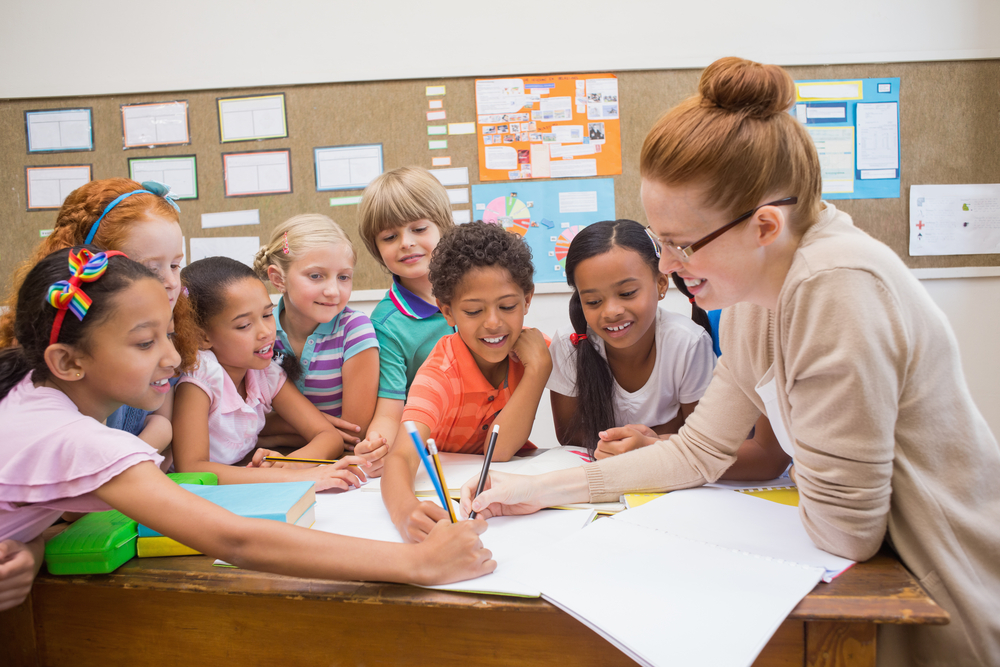Formal education is a significant part of the lives of many children. It is the most practiced source of children’s educational progress in most countries across the world.
Although more than 80% of the world’s population is educated up to the primary level through formal education, only 66% have attained secondary education.
Socioeconomic factors coupled with ineffective government educational policies are the primary culprits of this lowering statistic.
Many policies have been legislated in the past few years, however, most of them have been prey to ineffective implementation.
It’s important to understand that children’s formal learning is dependent on these policies, and to clear many misperceptions, here are some ways in which educational policies impact children’s formal learning:
1. Measured Reforms – Better Adaptability
The education system operates in a forever evolving world – this has greatly impacted what education means to students. Educationists need to act as weights to balance the scale if policies weigh heavily on the detrimental side.
They are the most important constituent of the educational system. Therefore, a rise in demand for educational leadership programs has been observed all over the world.
Many universities have an educational leadership master’s program to cater to this need and equip educationists to create quality educational experiences for all students.
We see that most educational evolution is measured and anticipated by these educationists. It is, hence, their responsibility to build a bridge between what is significant for the learning of children and what is urgent for present circumstances.
They must take measured steps to make changes to policies, so they can complement the current educational curriculum.
2. Resilient Learners
Education systems today cater to a diverse population of learners. Learners today are resilient, adaptable, and agile. They need to be nurtured. They can proceed pro-actively to enhance themselves.
Policymakers should ensure resilience at the elementary level by promoting policies that act as a catalyst to increase resilience and responsiveness. It would empower these students with a planned education outline, helping them take the world by storm.
Moreover, policies that nurture cerebral capacity and provide additional training classes will act as a support system for weak students.
3. Increased School Participation
Educational policies surrounding financial aid from the educational institution itself, the state, or the government improve school attendance and participation.
This happens because the current economic conditions have rendered many people helpless when it comes to their finances. They want to send their children to school but cannot afford the school expenditures. This support from an external party aids them.
Policies formulated around different scholarship programs like merit-based scholarship, sports-based scholarship, and need-based scholarships are common examples
Moreover, health and behavioral assistance at schools make parents eager to be part of the academic community.
4. Programs Targeting Households
A large percentage of children don’t go to school due to misconceptions surrounding the school environment and efficiency in promoting learning.
These misconceptions include improper teaching, bullying which is not penalized, ineffective curriculum, and a toxic environment for the child.
To ease their minds, policies to increase seminars and door to door consultation have increased the percentage of students coming to schools and having a good social interaction.
5. Programs Implemented At School Level

It is time to modify teacher education so it can be consistent with modern K-12 classrooms. Cultural shifts in the classrooms should be given a lot of importance.
Programs and policies targeting improvement in remedial and special education opportunities and teacher training via workshops and government programs increase the quality of education provided to students.
It increases the input teachers put into the development of the students. It is usually reciprocated with better results from the students.
6. School-To-Prison Pipeline
Nearly half of the total black young men are not able to earn a diploma, and almost 60 percent of these dropouts go to prison at least once in their lives.
Many policies have been passed to counter this dilemma because dropouts turn to crime more quickly rather than pursuing their education again. These policies include alternative suggestions and incentives to help them have better lives.
Through such policies, they believe in the value of education, their importance in society, and the impact they’ll have as good citizens.
7. Technology and Cheating
Cheating in homework assignments and tests is nothing new to the education system. The way students cheated has changed over time.
Incorporating technological advances into the education system has led to completely new cheating dynamic. This is one of the biggest misuses of technology. Despite plagiarism checkers and anti-cheating policies, students find a way to bend the rules.
Teachers need to stay vigilant and be updated consistently to keep the standard of education good and effective. They must know what their students are doing in the classroom and how unmonitored technology usage is detrimental to their brains.
8. Achievement Gap
According to the US Department of Education, there are many areas within the States that struggle with disparate student performance, also called the achievement gap.
The forecast suggests that the achievement gap will increase in the future due to ineffective policy implementation today. This will have a direct impact on the learning capacity and future of the students.
Policies need to be effectively implemented so good quality education standards can be established throughout the country. It is of the utmost importance that actions are taken to counter this inadequacy because every child that falls prey to the achievement gap is left behind.
Final Thoughts
Most educational policies are picture-perfect on paper. However, their inadequate implementation has put the future of thousands of children at risk.
If this inadequacy is addressed properly, it would open dozens of doors of learning and opportunities for formal learning for them.

